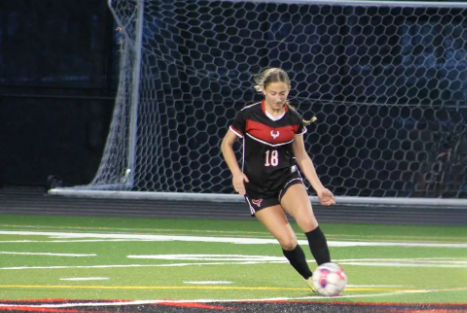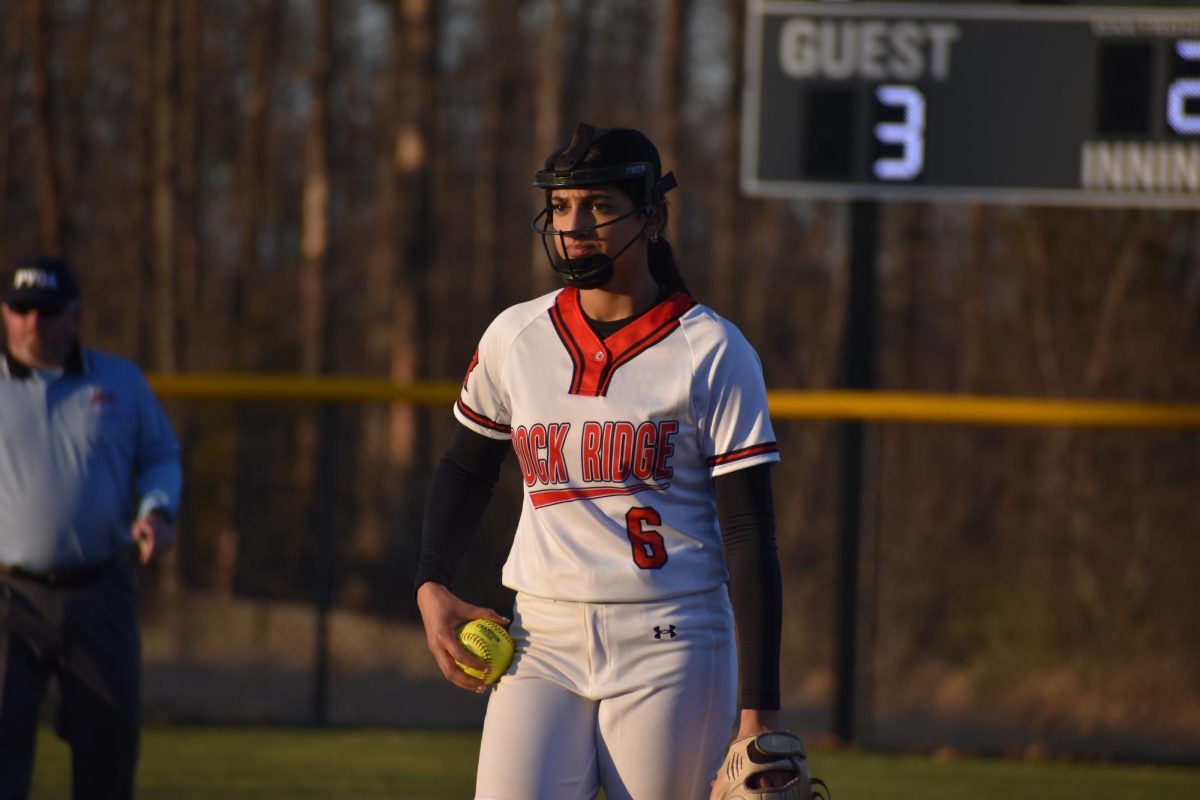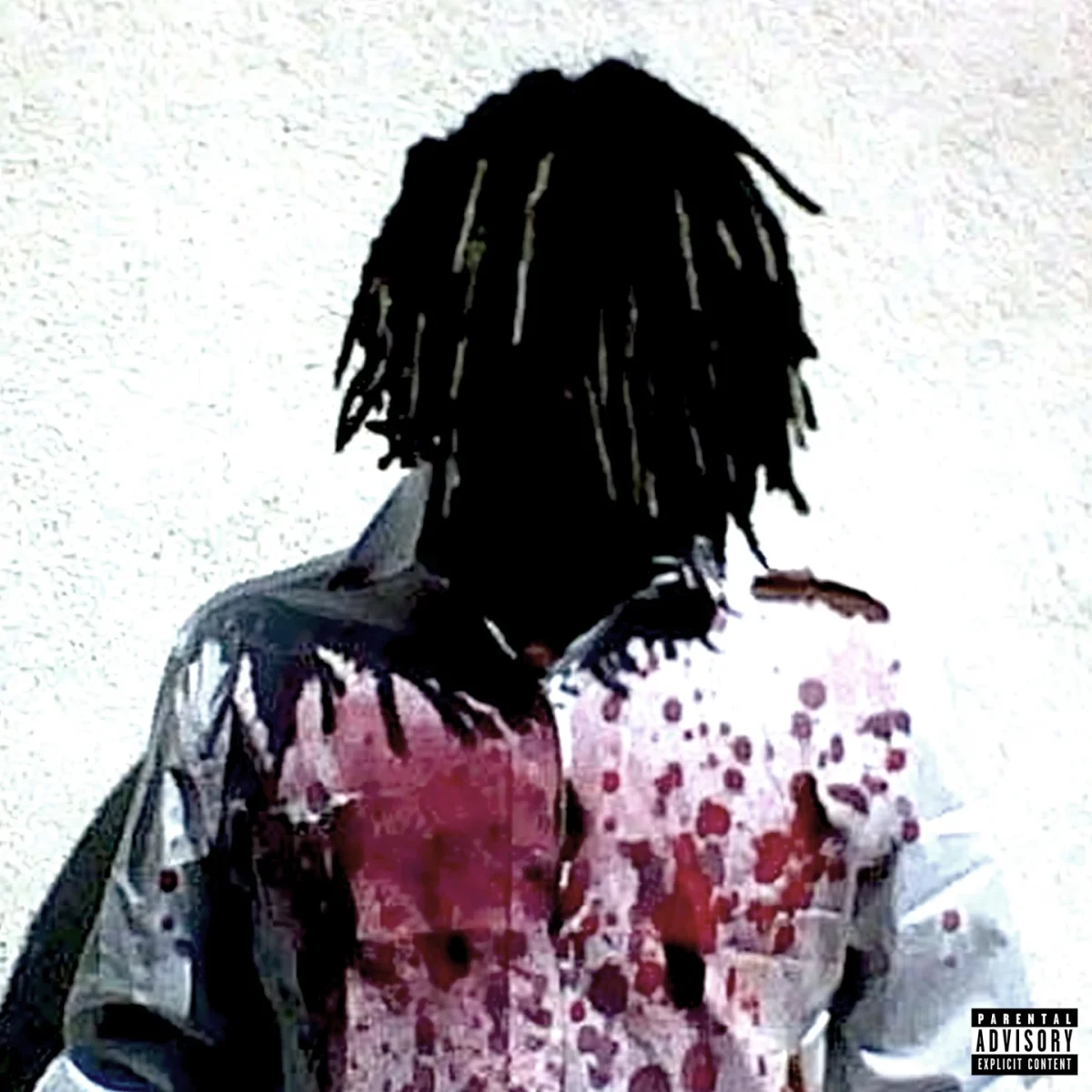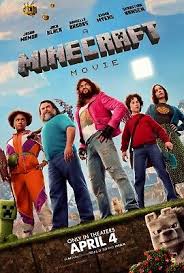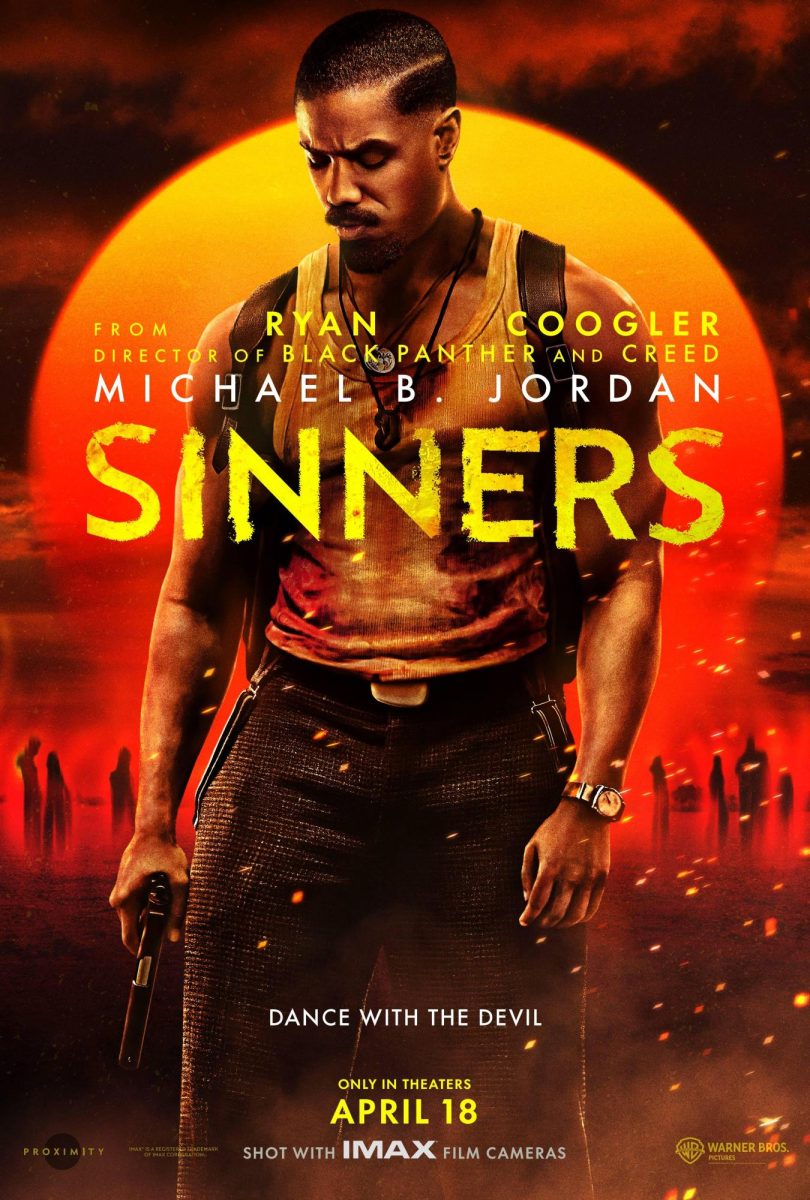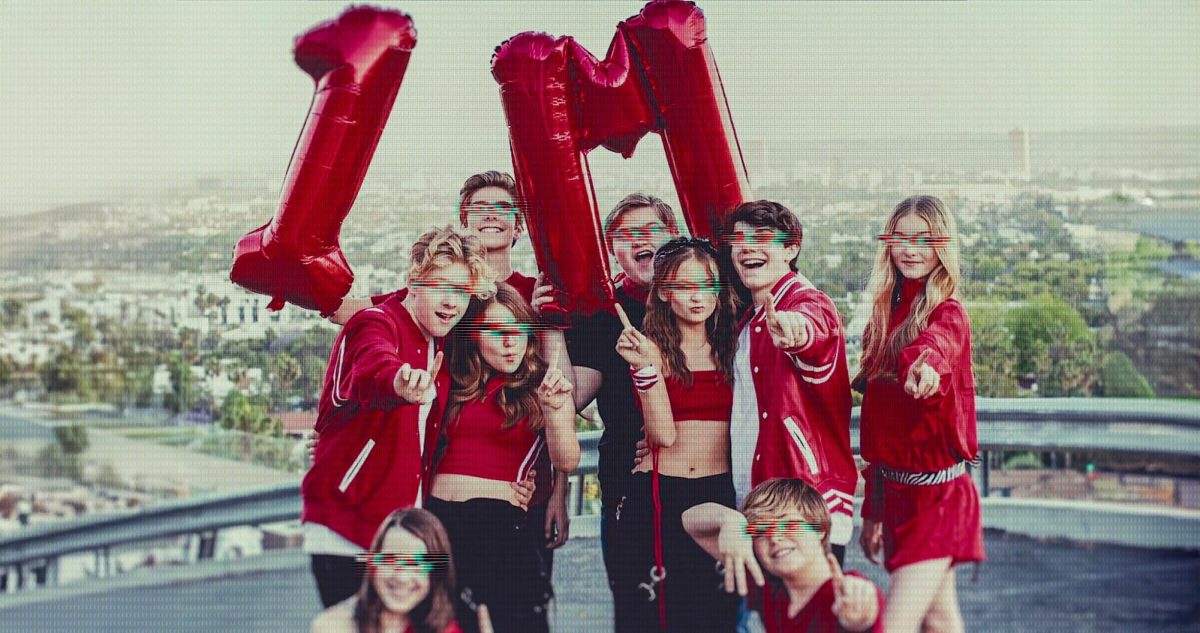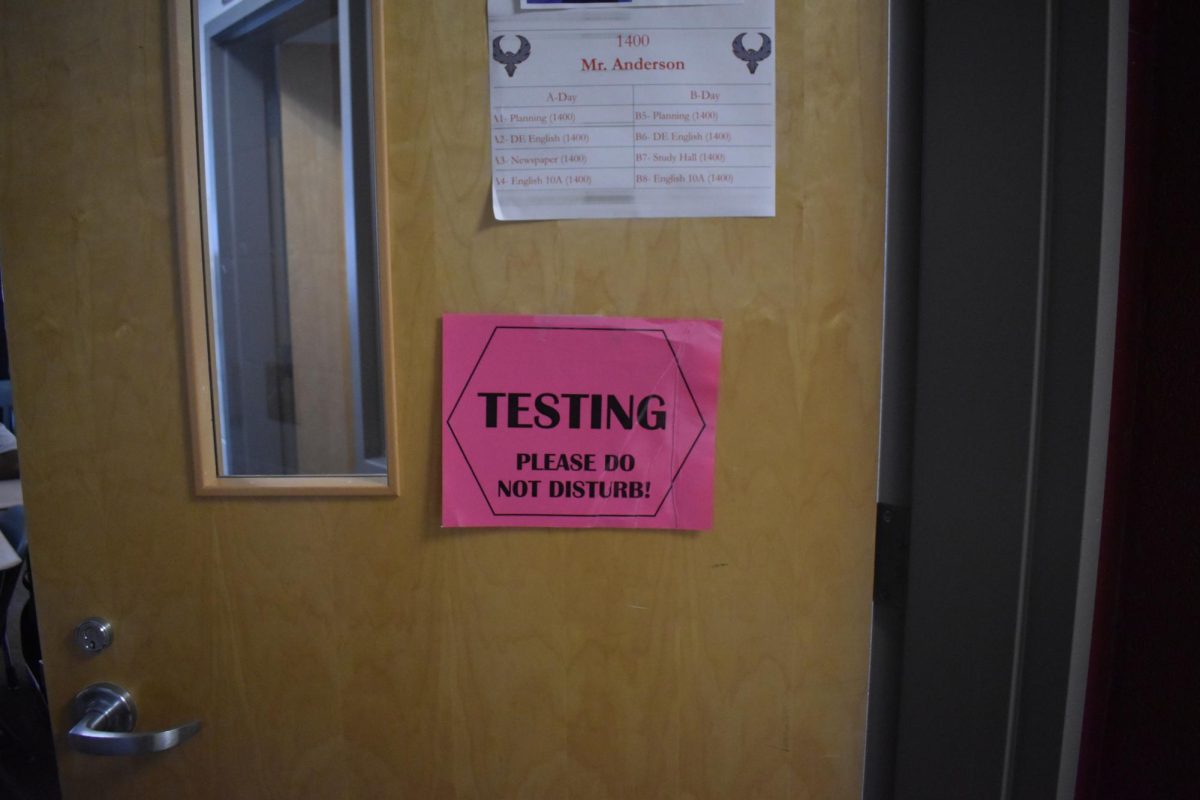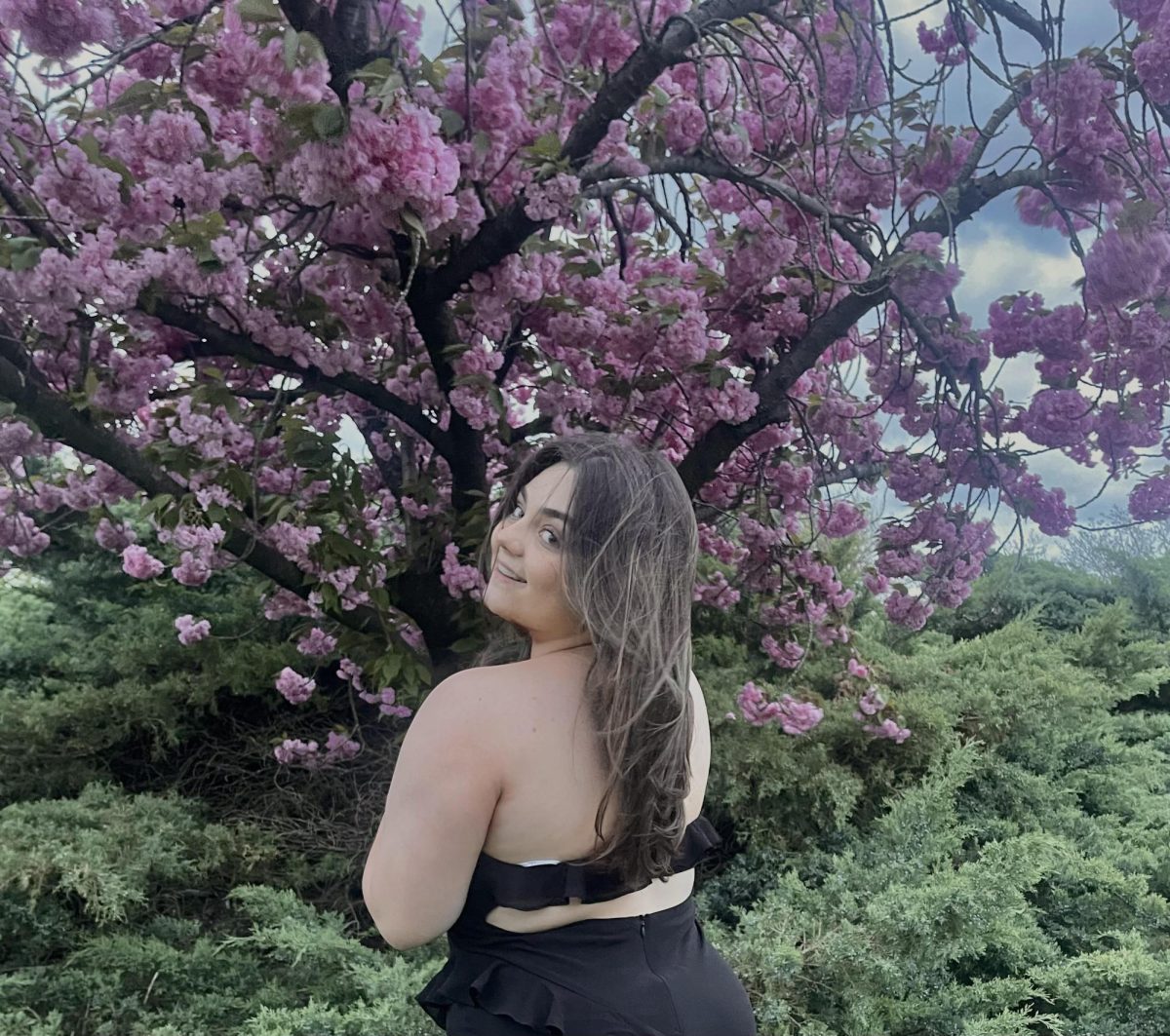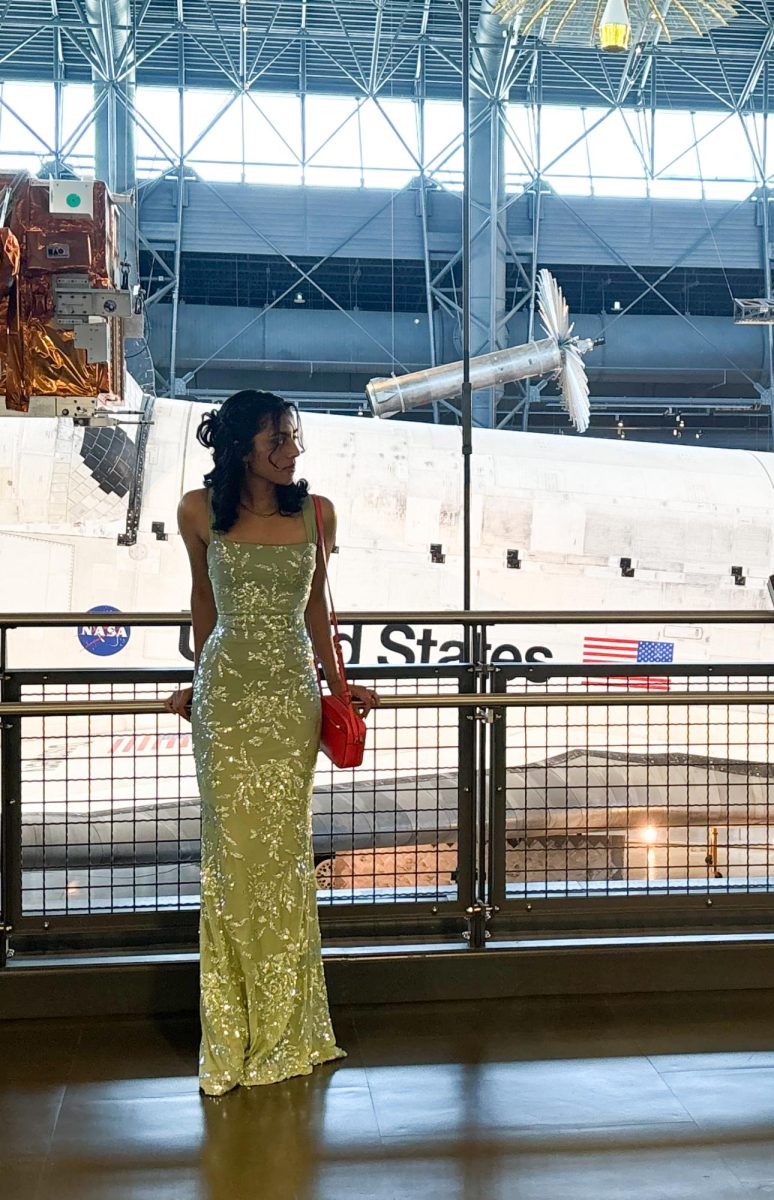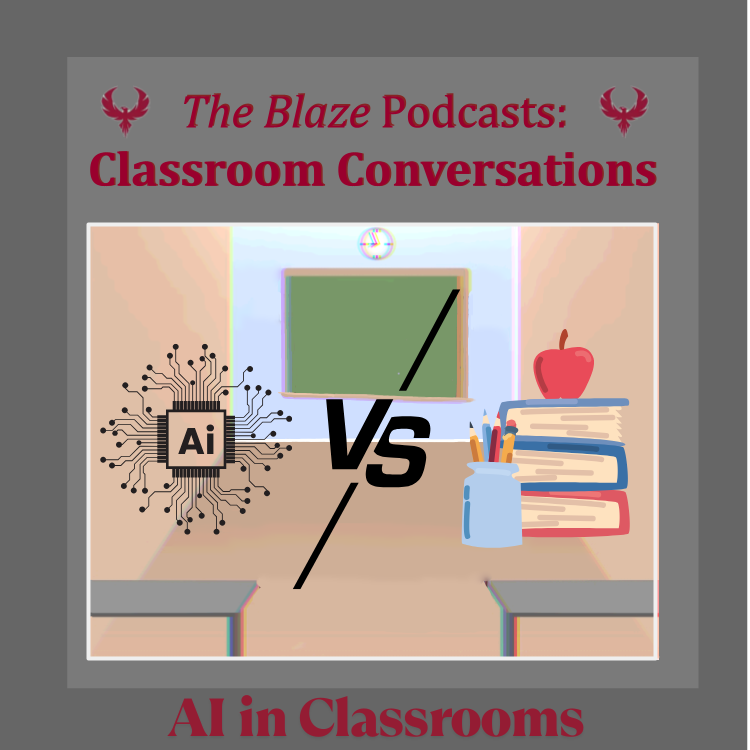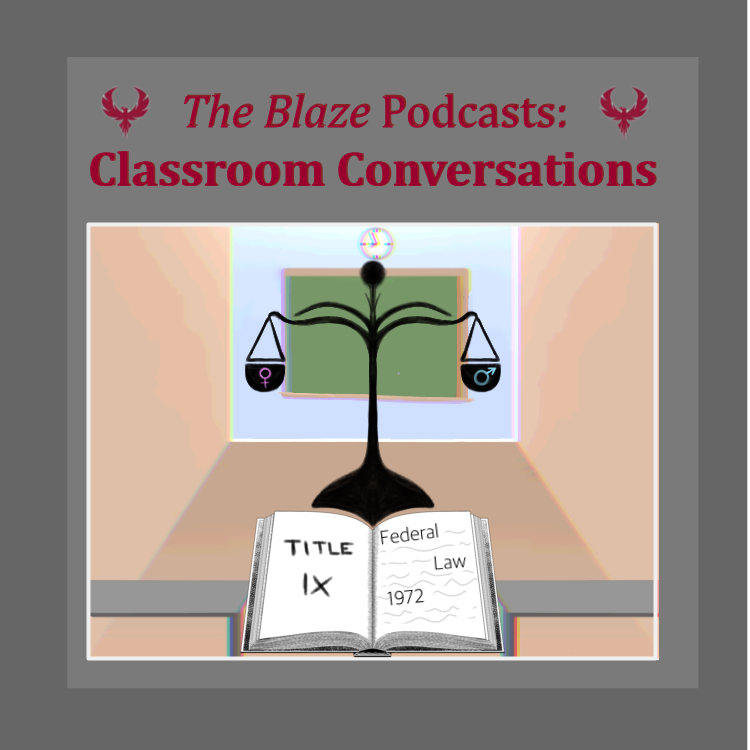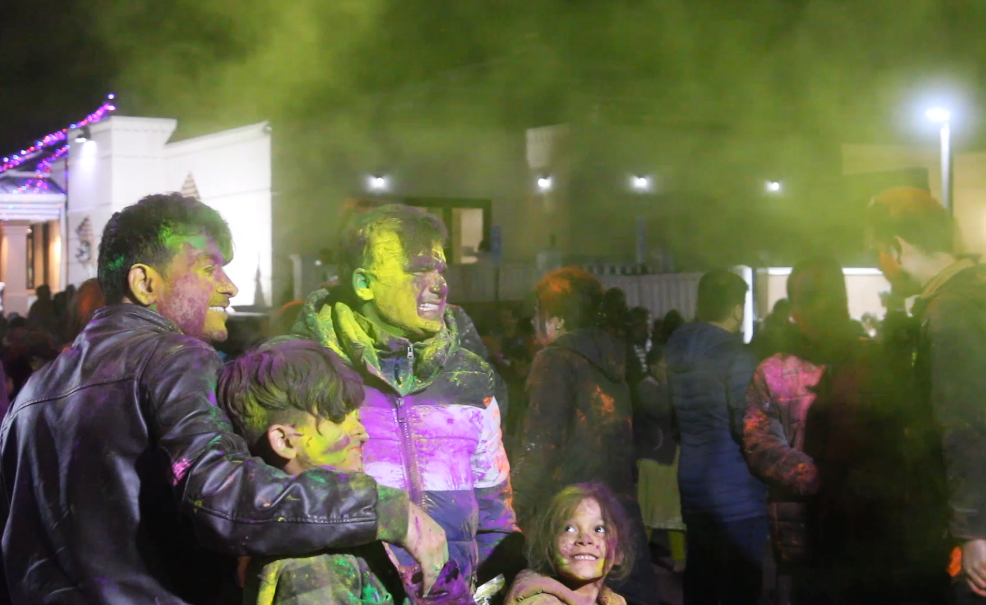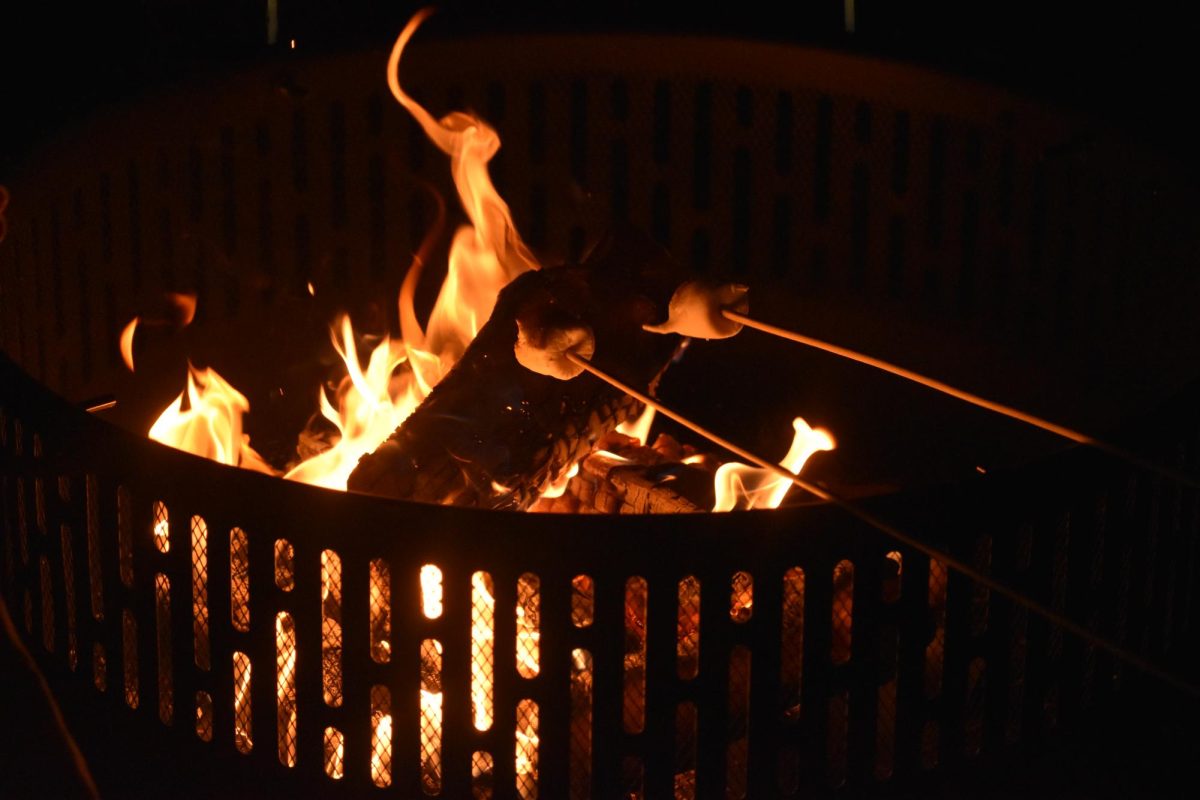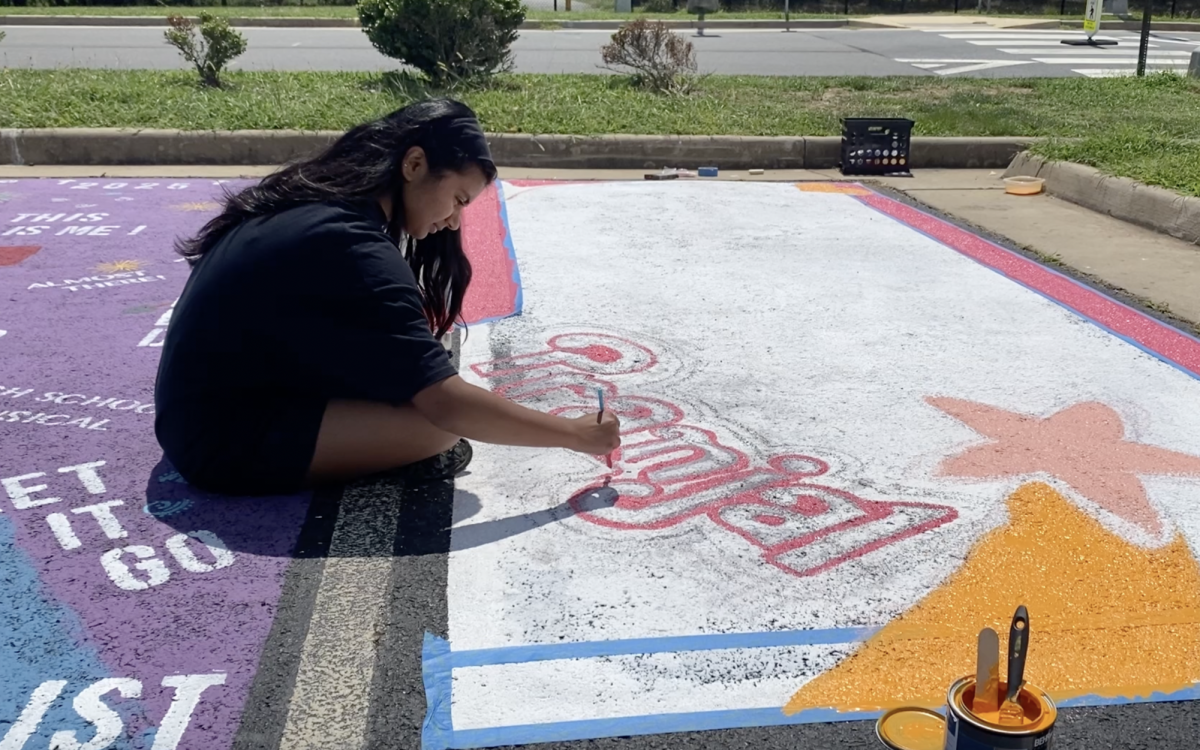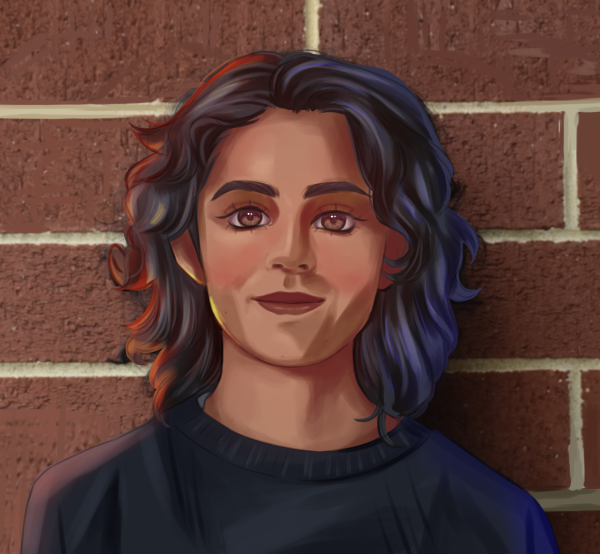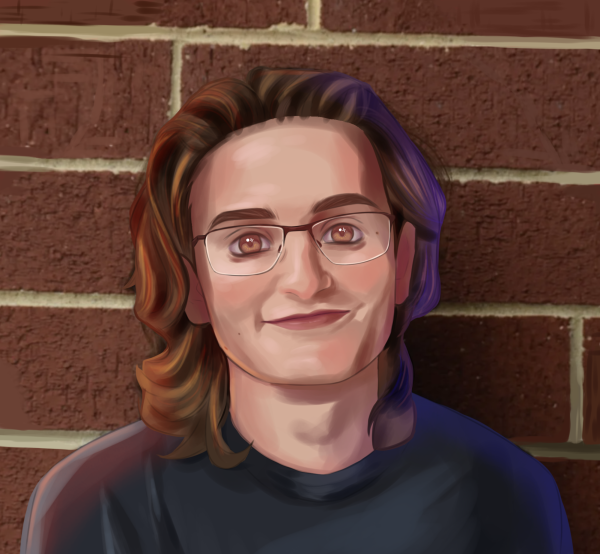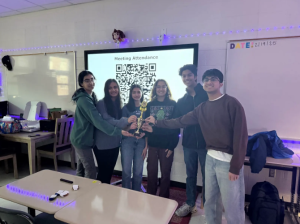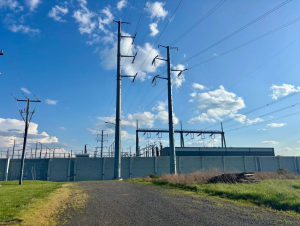Drawing a Blank
Artists struggle with many parts in their efforts to produce something to their liking. Getting the motivation or ideas to start is difficult, which is why art block is so detrimental to artists, novice or professional.
May 22, 2023
As an artist, it can take months, even years, to perfect an artstyle. Applying what you can on paper, or digitally, is a talent not everyone possesses. What if that self- expression could all be taken away because of demotivation?
Art block, also more generally known as creative block, occurs when unmotivated artists temporarily lose their ability to draw anything due to a lack of inspiration. This could also mean being devoid of creating new artwork for any period of time. Art block can get so severe that in some more intense cases, it interferes with the artist’s mental health and wellbeing.
Art teacher Heathre Mills uses a procedure to try and prevent this, “When kids are having problems coming up with ideas for projects, I’ll have them make lists in their sketchbook and brainstorm for ideas. From there, I’ll have them do a venn diagram and try to work out the ideas,” Mills said.
Like her students, Mills also finds herself unable to get through art projects some days. Mills is mentally prepared to face the challenges, and has activities to get herself motivated again, “For myself, it takes a while to get some projects out sometimes, and I’ll incubate them in my brain, and I’ll work on them in the background while I think of how to do it,” Mills said. “I’ll make little art snacks, or little crafts in order to keep making things, but not anything monumental until I can get to the piece that I want to make or that I’m incubating and thinking about.”
Commonly, art block is known to just temporarily take away your ability to draw, but could the effects be much worse? Studies suggest that the answer to that question is: yes. Kevin Hayler, a professional artist for 20 years, says that art block is a “crippling lack of inspiration… and the condition is anxiety and a complete lack of motivation.” Depending on the severity of the anxiety, the effects of art block can seriously degrade an artist’s mental health.
Another interesting and more worrying element of the mental health side of art block is the connection between art block and imposter syndrome. Many artists, especially highly professional artists, suffer from an art block that is somehow connected to, or originating from, imposter syndrome. According to BetterUp, imposter syndrome is “the condition of feeling anxious and not experiencing success internally, despite being high-performing in external, objective ways. This condition often results in people feeling like ‘a fraud’ or ‘a phony’ and doubting their abilities.” This feeds into art block as a lack of creativity or production leads to self-doubt and lack of confidence within.
Most artists remember their worst cases of art block and how it impeded them from creating something substantial. In fact, some artists run into art blocks rather frequently. “I come across [art block] about every month when working on different pieces,”senior Edmund Garcia said. “[My worst case of art block was] probably before we started our final artworks for AP art; we needed to come up with a general theme, and I couldn’t find anything that really stuck with me or that I could work on for 12 pieces.” To work through it, Garcia “talked to my peers and my parents.”
Student artists can experience art block at literally any time, even without the pressure of the school year. “[My worst case of artblock is] usually over the summer,” senior Keerthi Kasaraneni said. “I don’t know what to do since I’m so free; I have so many ideas and I can’t do them.”
Artists have certain methods or techniques they’ve cultivated to try and deal with art block. “I actually just recently got out of one, because I couldn’t figure out what to do for the background on a lot of my pieces, so I went back to a couple of my other pieces and decided to take from those,” Kasaraneni said. “I’ll do practice… do a coloring page or tracing to try and do something [to help get rid of artblock].”
Some artists in art block tend to look outward to ignite a spark of creativity. This could mean using anything from items or people around them. “The way AP art works is that you draft out different art works, and if I don’t find the inspiration to create anything, I ask my peers what they are thinking about, and I look at random images,” Garcia said. “Sometimes, a random idea of a combination and this picture I see leads to me creating something, and then when I have ideas, I sketch it all out in a notebook, and do something [with it] then…”
Art block is a prominent restraint in the lives of artists. The mental health aspect not only affects inspiration to create art, but also the motivation to get through school and everyday life. Through asking others, searching for image inspiration, practicing coloring, and tracing, artists of Rock Ridge work to chip away at the mental barrier that is art block.

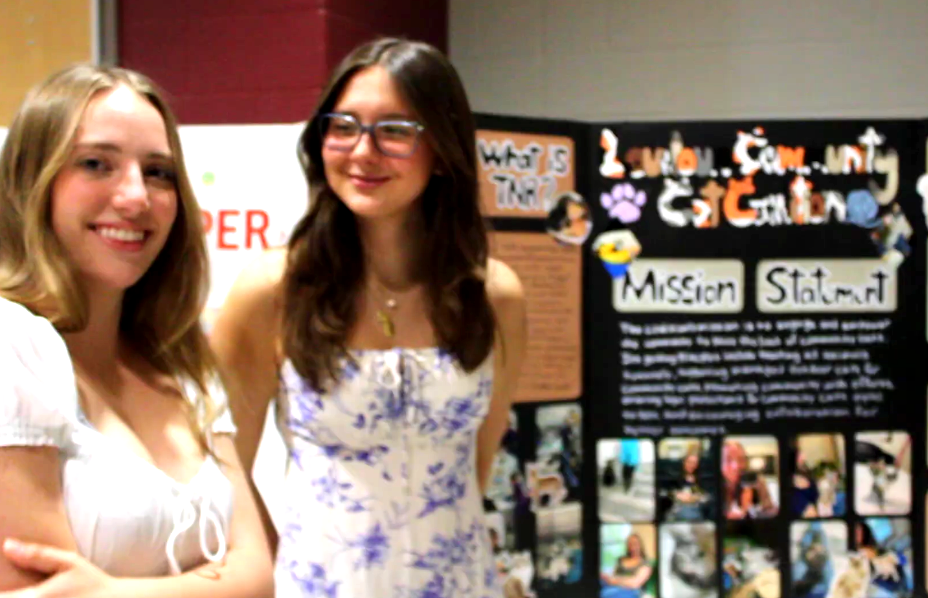
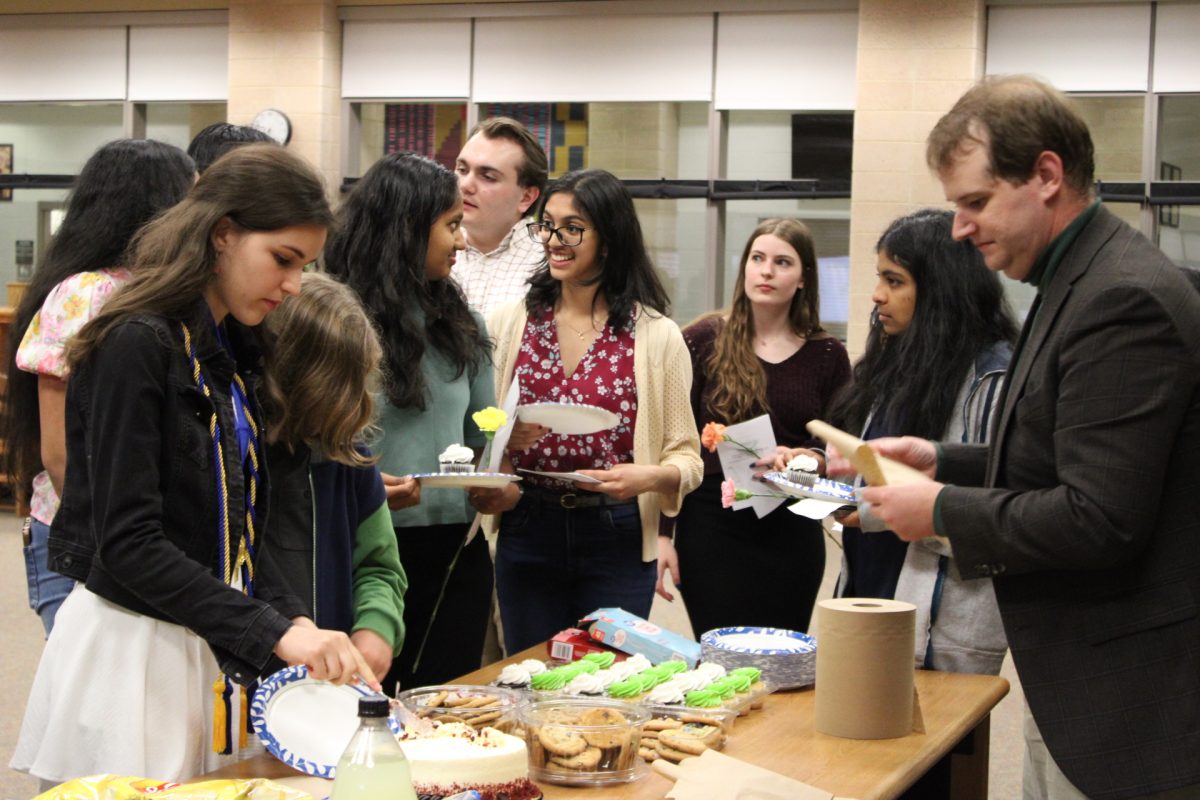





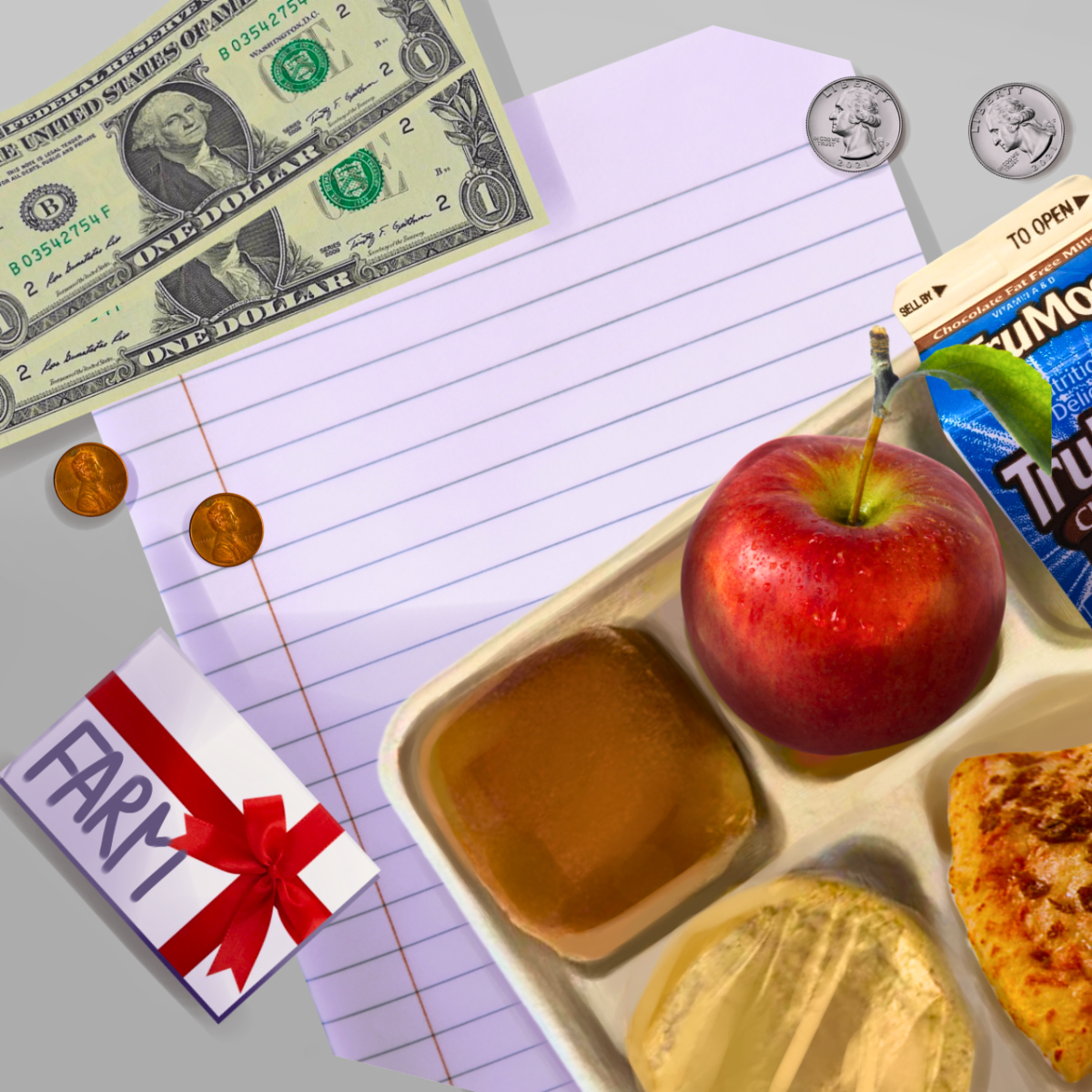
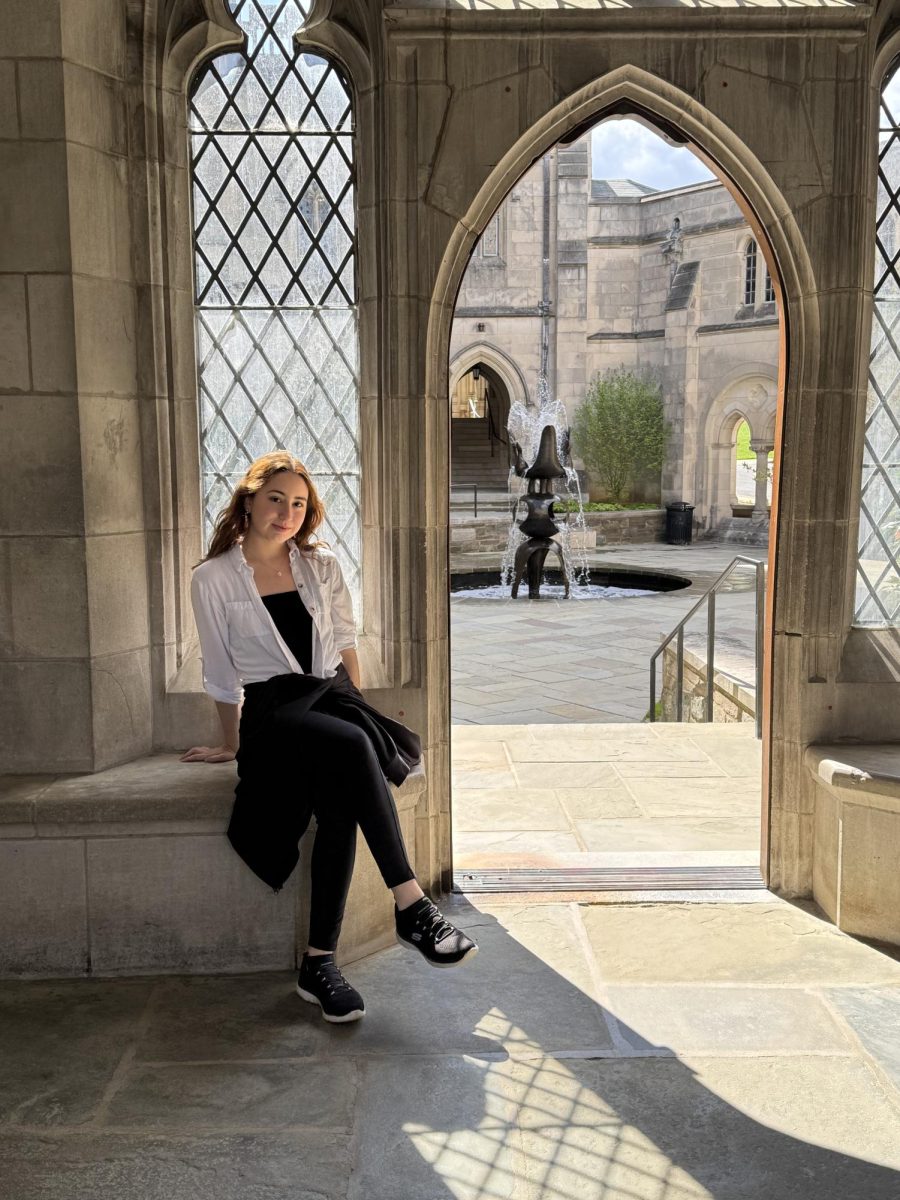

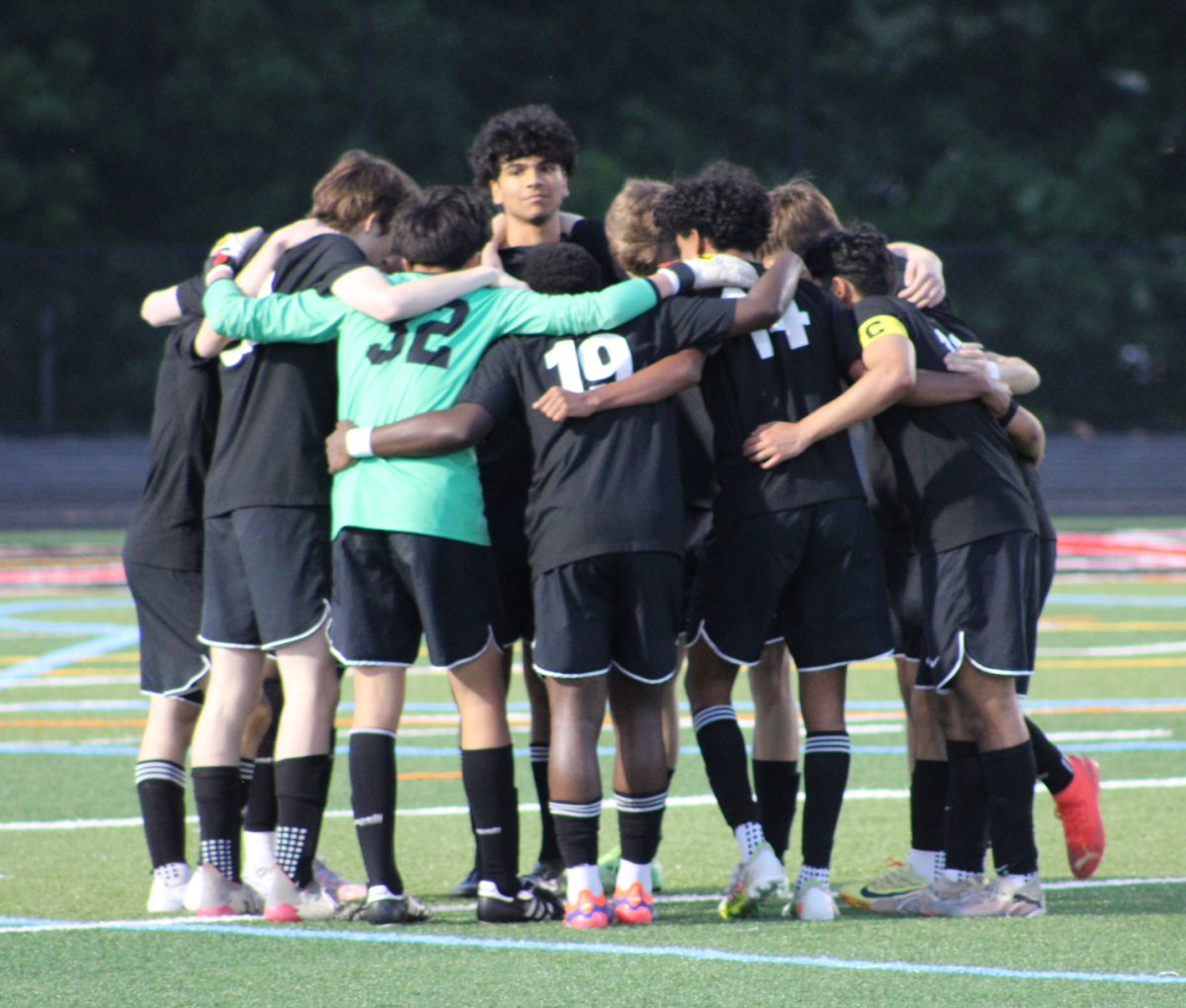

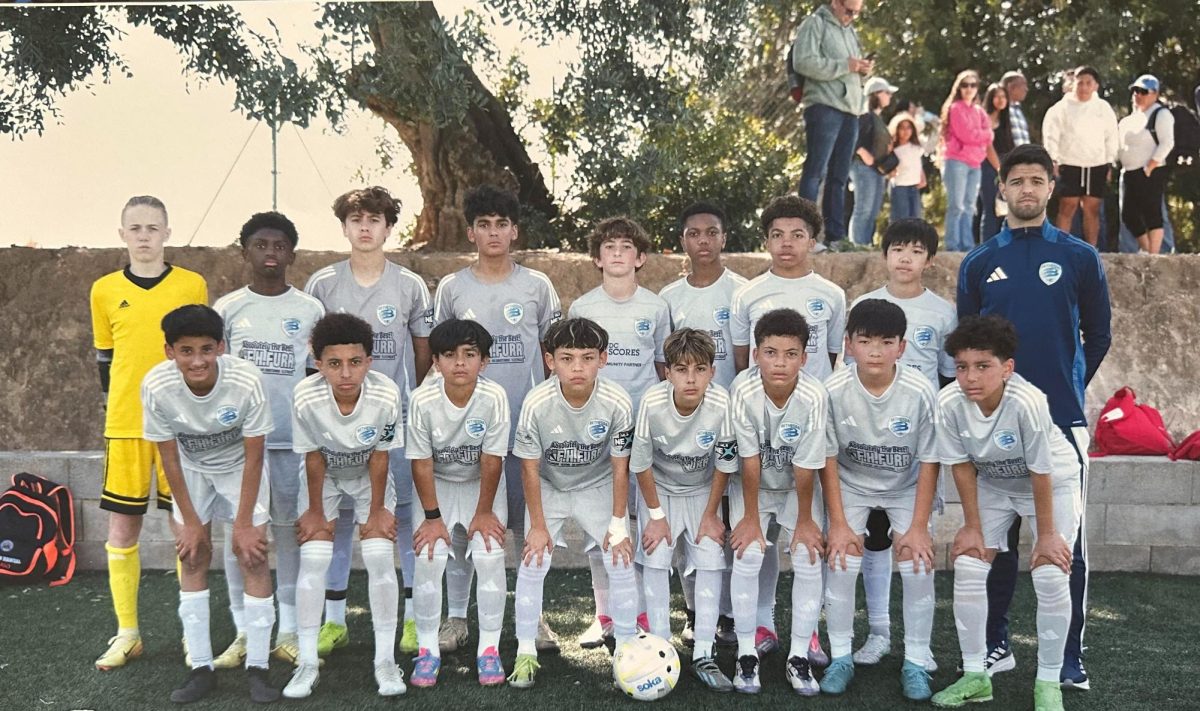
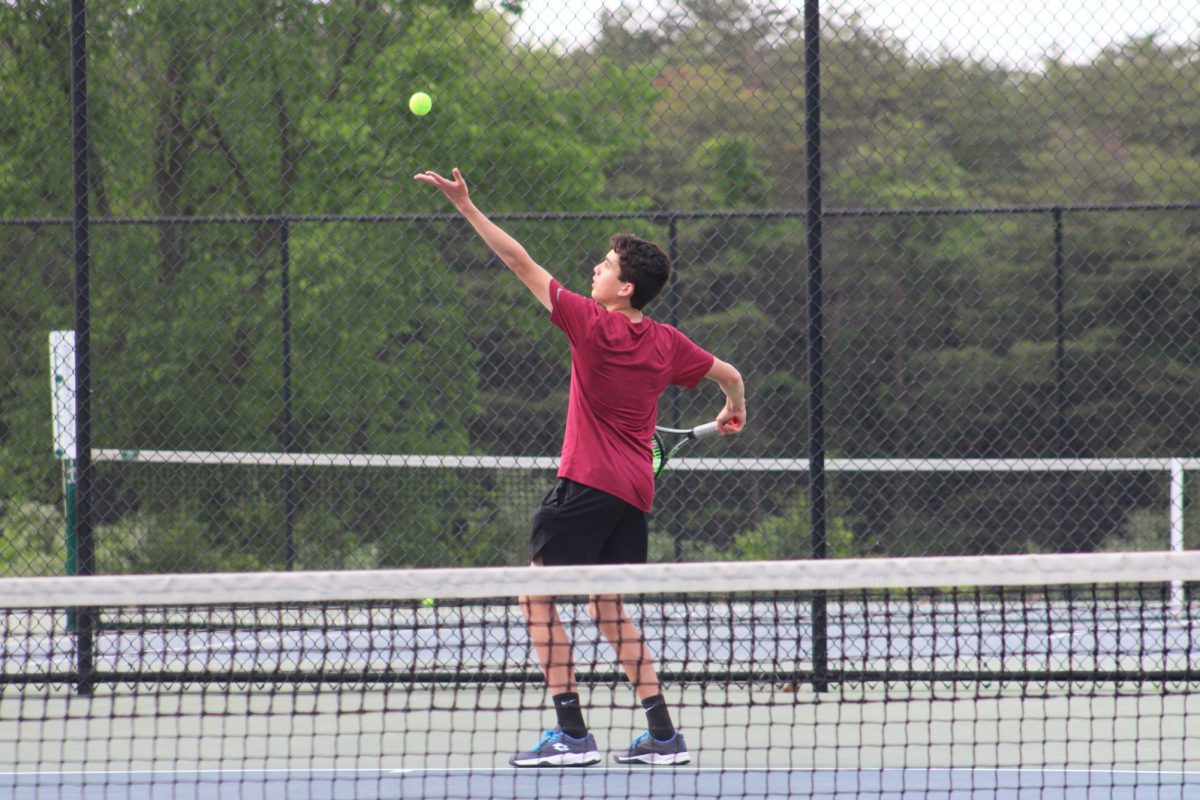


![The Phoenix varsity volleyball team lines up for the national anthem. “We were more communicative [with each other] during this game, and I feel like we kept our energy up, especially after the first set,” senior Jessica Valdov said.](https://theblazerrhs.com/wp-content/uploads/2024/10/DSC_0202-1200x800.jpg)
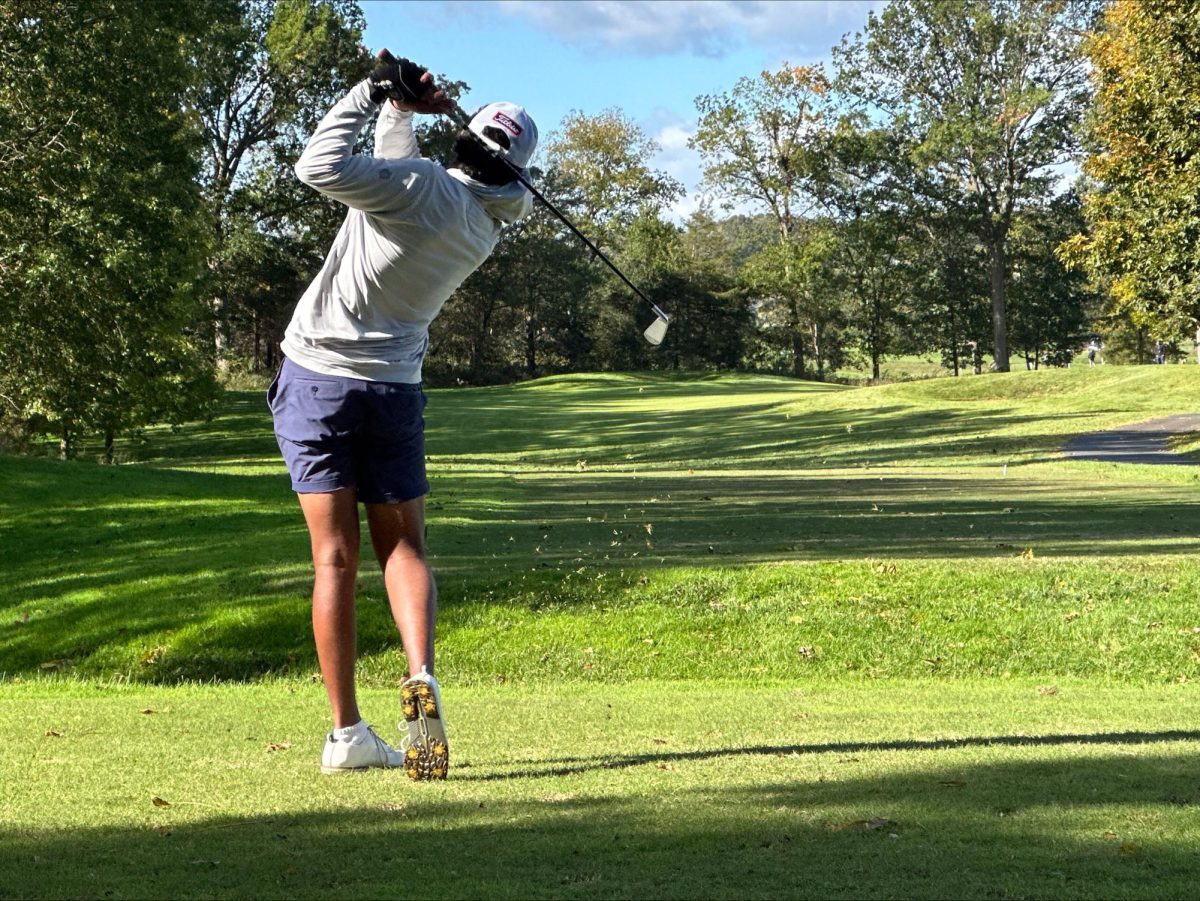
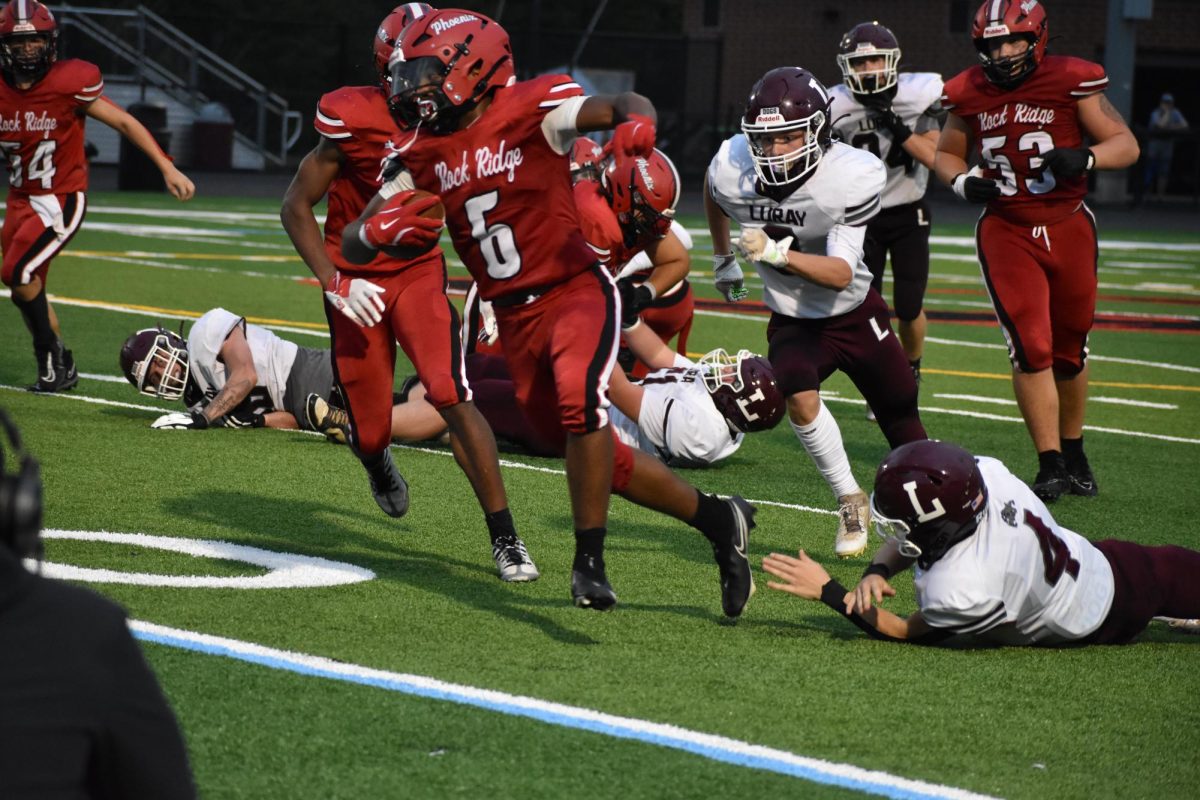
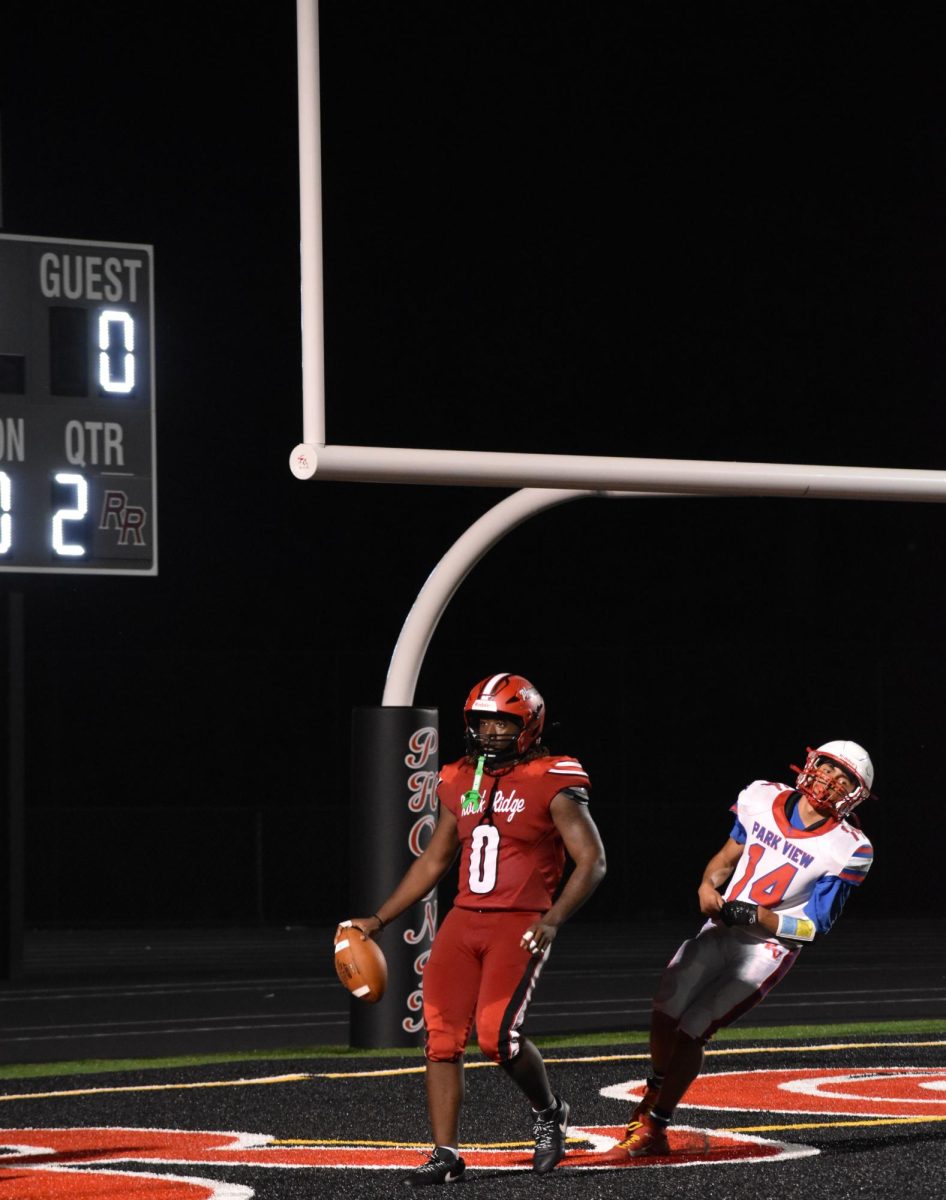
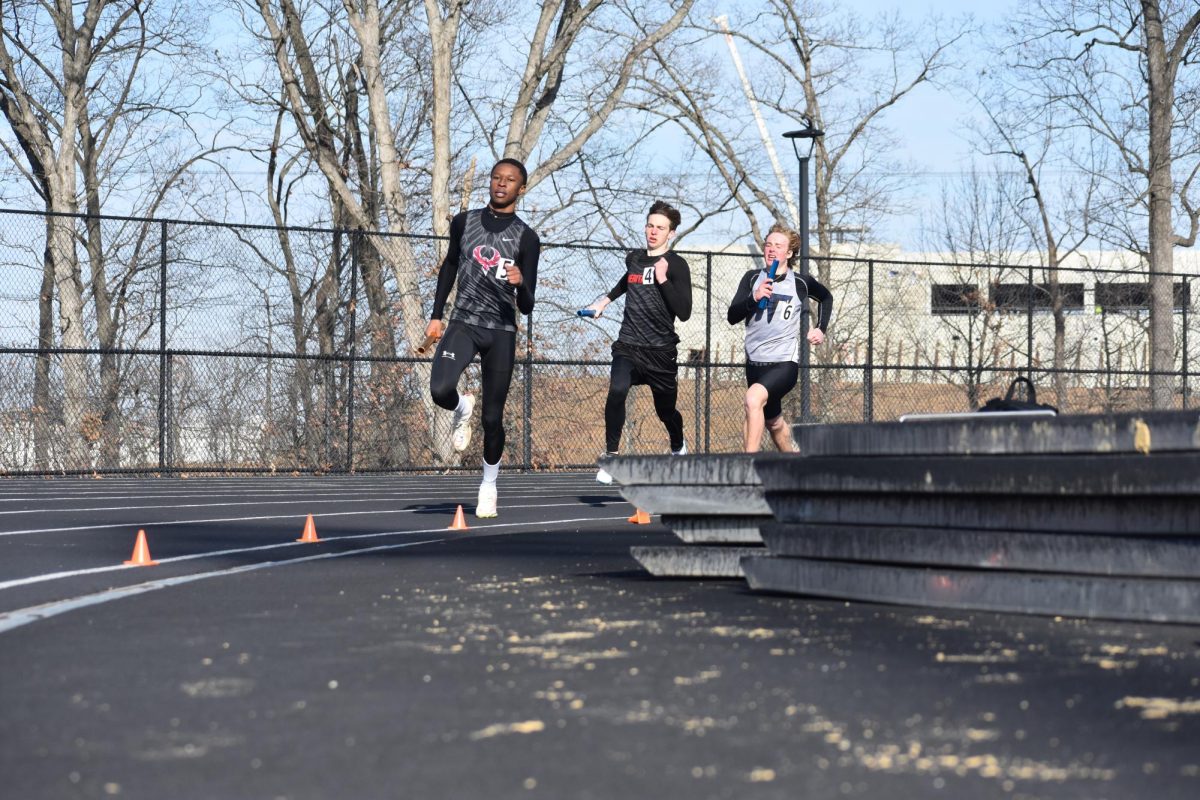
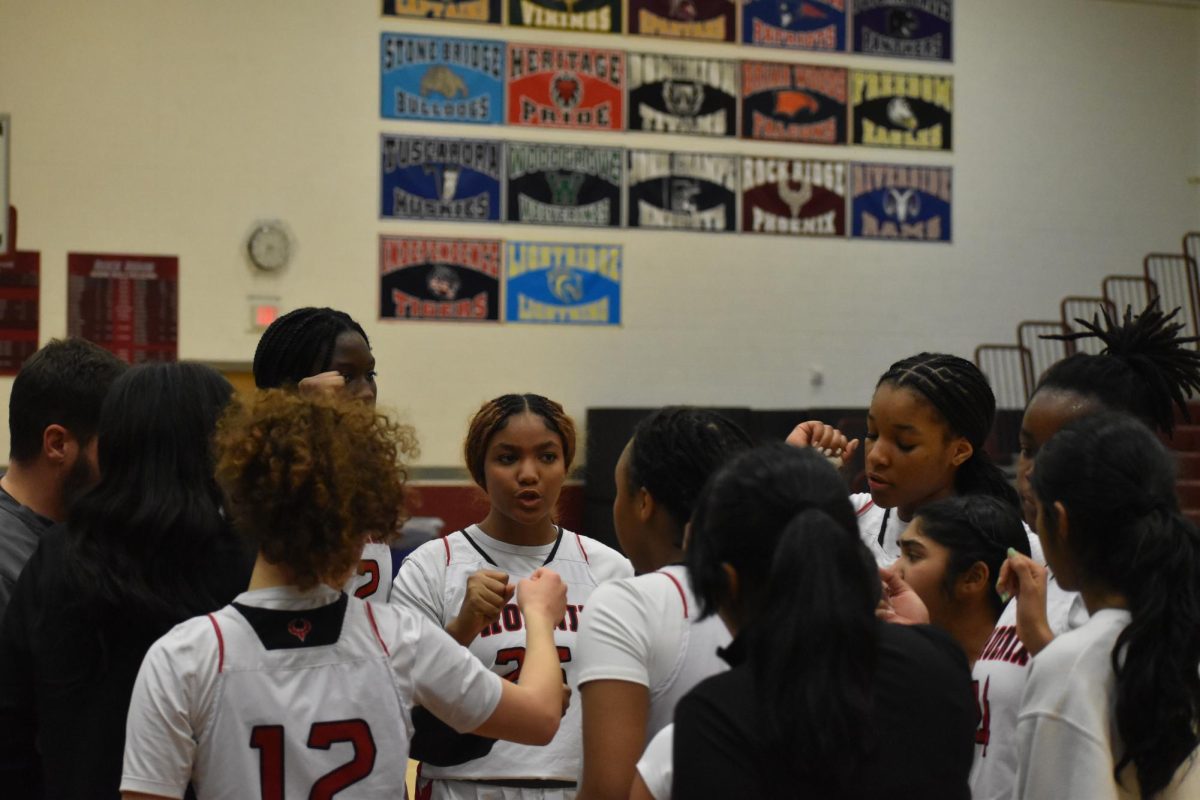
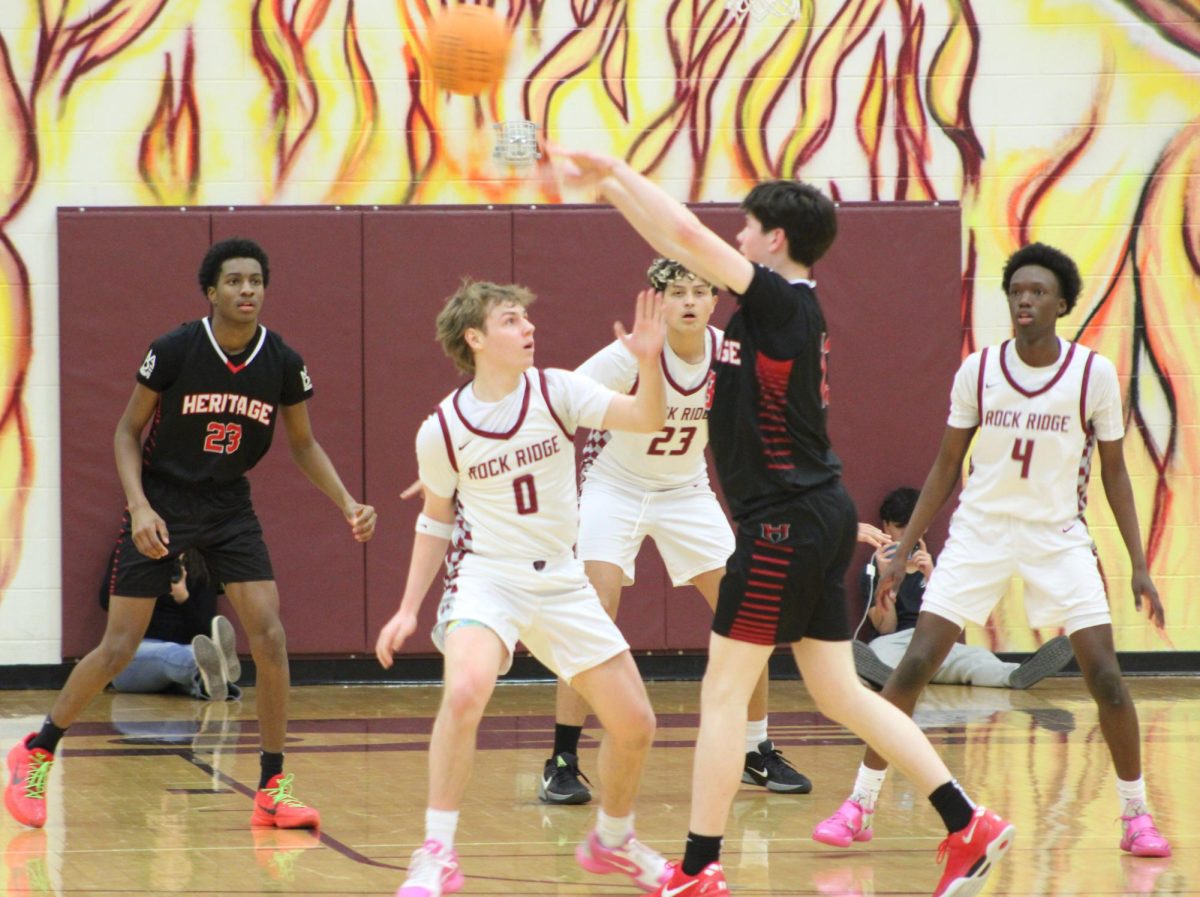
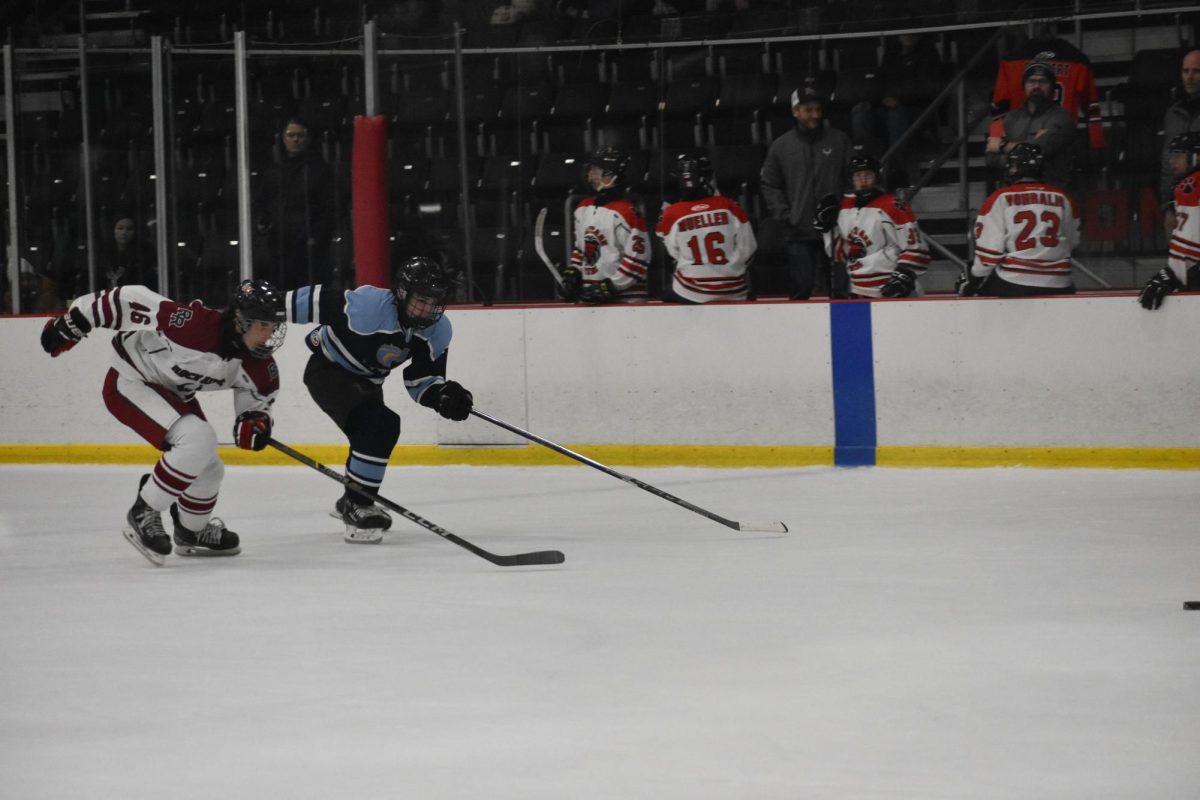
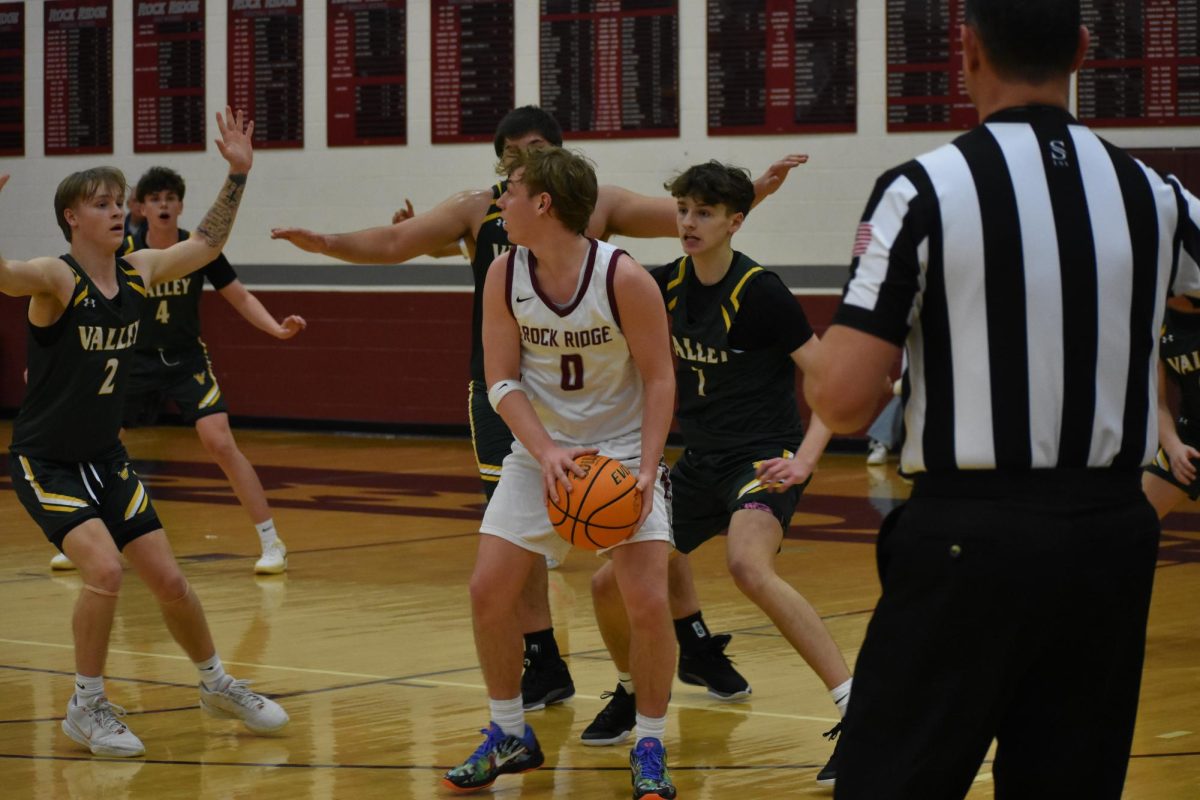
![Junior Alex Alkhal pitches the ball. “[I] just let it go and keep practicing so we can focus on our goal for the next game to get better as a team,” Alkhal said.](https://theblazerrhs.com/wp-content/uploads/2025/05/DSC_0013-1-1200x929.jpg)
